Advertisement
New admissions policy brings more diversity — and new challenges — to Boston's oldest public school
Resume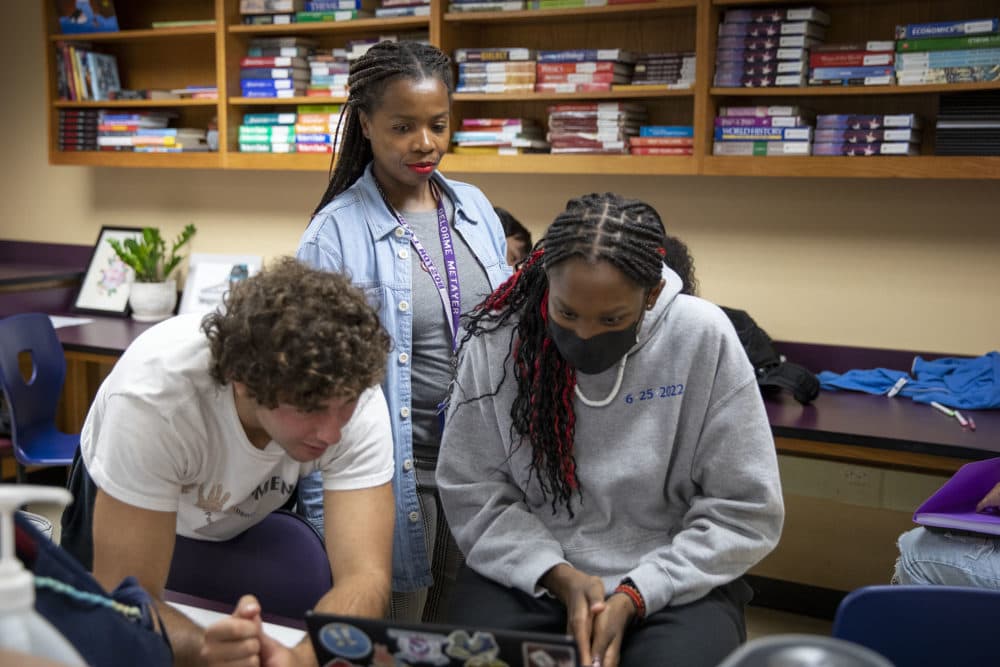
A new and more diverse group of students is entering the Boston Latin School this fall.
The change is evident in state and district enrollment data — but just as visible in the school’s dining hall, in its hallways, and in the classrooms kept by the school’s student-support staff during a recent visit.
It’s the second year of a new admissions policy at all three of Boston's selective exam schools, designed to make the student body more reflective of the city at large. That policy now seeks top-performing kids according to tiers based on census tracts, rather than plucking them off the top of citywide rankings of high grades and test scores.
At the Latin School, in particular, the result has been an increase of Black and Latino students among the incoming seventh grade class — more than there have been in at least a generation. The two groups combined comprised 43% of students invited to the school this fall, compared to 18% two years ago.
It’s a major shift for the nation’s oldest public school, which is a feeder school for Harvard College, and whose notable attendees include Benjamin Franklin and John Hancock. Students are still expected to deliver speeches (called ‘declamations’) in Latin and English, homework still takes three hours a night — and, historically, white students have occupied about half of the seats.
But as the new policy takes effect, challenges remain. This fall, under a new leader, the Latin School must steer between an ongoing backlash from families and alumni opposed to the admissions change, as well as calls from within to make its changing student body feel at home.
A 'Stark Difference'
A year ago, Emmanuelle Bogomolni was a Latin School senior. She said she noticed a “stark difference” in the way last year’s seventh-graders — known as “Sixies” within the school — were perceived by upperclassmen admitted under the old system.
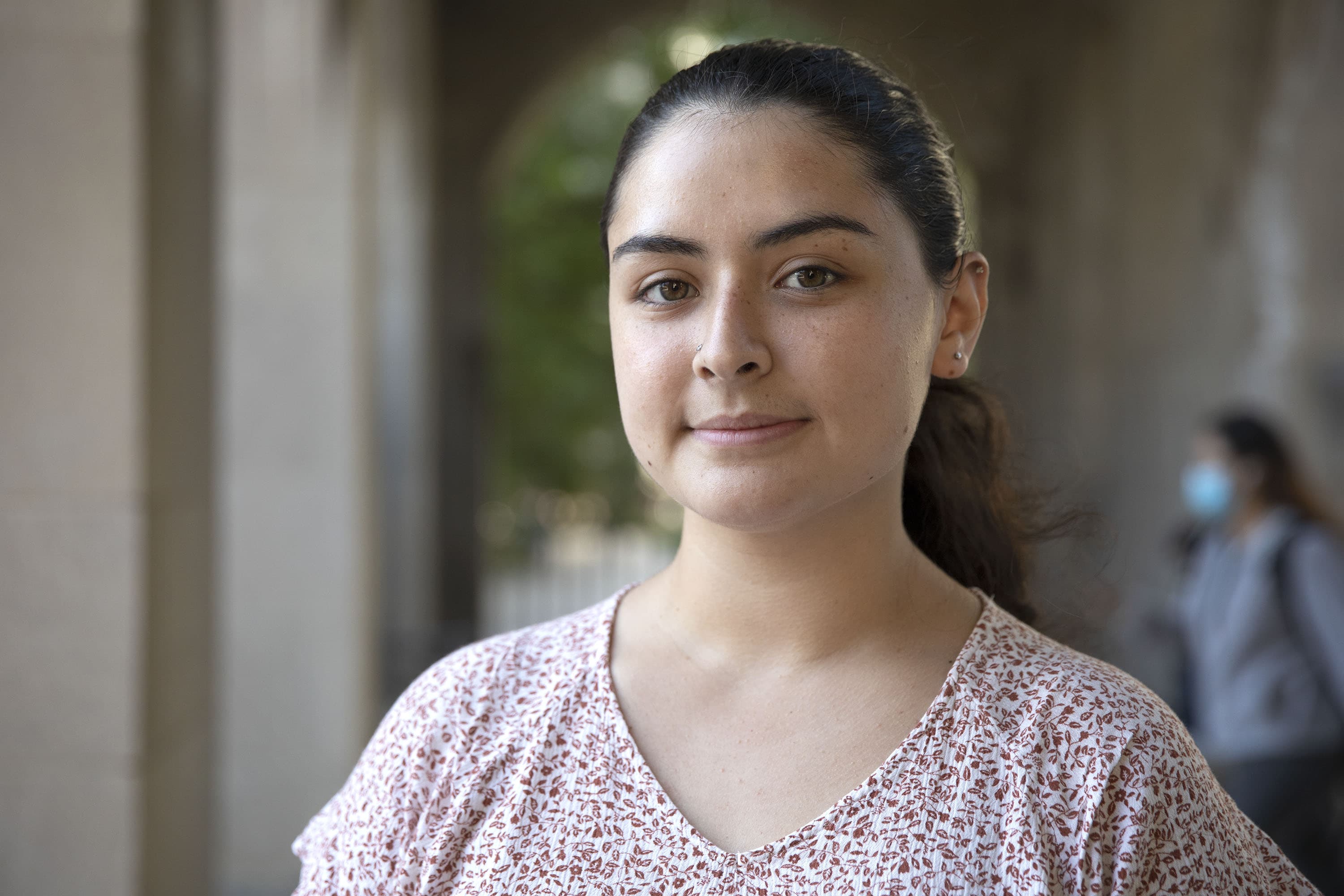
"There was a lot of sentiment of, ‘Oh, these Sixies do not deserve to be here,’ ” she said.
“It was really upsetting to me, because it felt like people were making excuses to be racist and classist,” Bogomolni added. (The district also invited in more students classified as “economically disadvantaged,” around 45%, compared to 26% in the school at large.)
The Boston School Committee voted unanimously to change the exam schools’ admissions policy last July. The change, which took effect for incoming classes in the 2021-22 school year, applies to the Latin School, Boston Latin Academy and the O’Bryant School of Mathematics and Science.
On paper, the new policy may not seem like a radical departure.
The district is still looking to identify students who are capable of handling the exam schools’ rigorous curriculum. Admission is still going to be based on an assessment and at least a B average in middle school. (The exam was suspended during the pandemic; testing will resume next year.)
But the new policy also considers an applicant’s home address and gives priority to qualified students from the city’s lower-income precincts. It also assigns "bonus points" to students of certain backgrounds, like those experiencing homelessness or those attending majority low-income schools.
The policy has had a rapid and dramatic effect on the Latin School.
In fall 2020, 45% of Latin School's incoming students were white. By the following year, that share dropped to 31%. (In comparison, the school’s second-largest cohort of Asian students claimed around 28% of seats in each of the past three years.)
The largest share of new seventh-grade seats last school year went to Black students: rising from 7% to 18%. That’s a percentage unseen in a class of BLS seventh graders since 2003, the earliest year state demographic data is available.
While official enrollment data for 2022-23 is not yet available, the share of Black and Latino students this school could climb as high as 22% and 21% respectively, according to a district memo from May.
A history of turmoil
It wasn’t too long ago that the Latin School was the subject of a federal civil rights investigation due to allegations of discrimination by students of color at the school.
In 2016, two Black students raised concerns about racist incidents, using the hashtag #BlackAtBLS. On the heels of that social media firestorm, the U.S. Department of Justice opened an investigation, finding that students had used slurs against Black students and made reference to lynching. Then-U.S. Attorney for Massachusetts Carmen Ortiz recommended sensitivity training and other corrective measures.
In the wake of that investigation, the Latin School hired Rachel Skerritt — a Black alumna who graduated in 1995 — to be the first person of color to lead the school.
Skerritt stepped down this summer, citing a desire to spend more time with her family.
To many, Skerritt’s five-year tenure represented real progress.
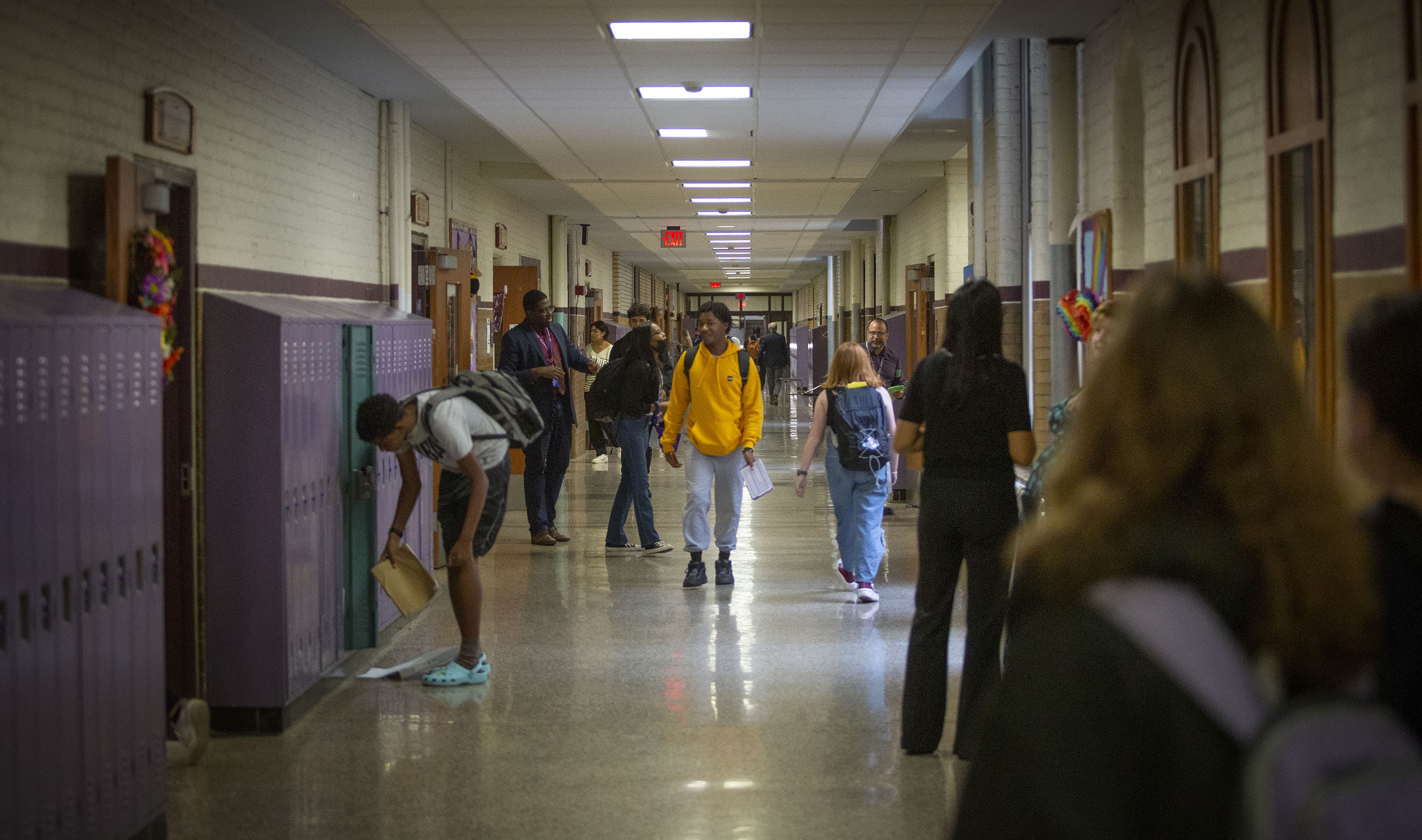
Lisa Green, former co-chair of the school’s parent council, said it felt like the school was becoming “a much more welcoming, in many ways actively anti-racist, place” during Skerritt’s tenure.
"It really felt like we were heading in a different direction,” she said.
Meanwhile, some parents are still fighting the admissions policy change in federal court, alleging that it discriminates against white and Asian students.
Last year, a federal judge upheld the legality of the admissions policy change. But a group called the Boston Parent Coalition for Academic Excellence quickly appealed to the U.S. Court of Appeals for the First Circuit. The school district filed its brief in defense of the policy on Sep. 9.
The coalition did not respond to requests for comment.
Marie Mercurio of Jamaica Plain is not a party to the lawsuit, but she shares the plaintiffs' concerns about the admissions policy’s fairness.
And with two sons at the school, Mercurio said she and some other parents feel a "little concerned" that the school might be losing its way. “It’s in the top 10 [best-]performing schools in the state — is it going to be like that in a couple of years?"
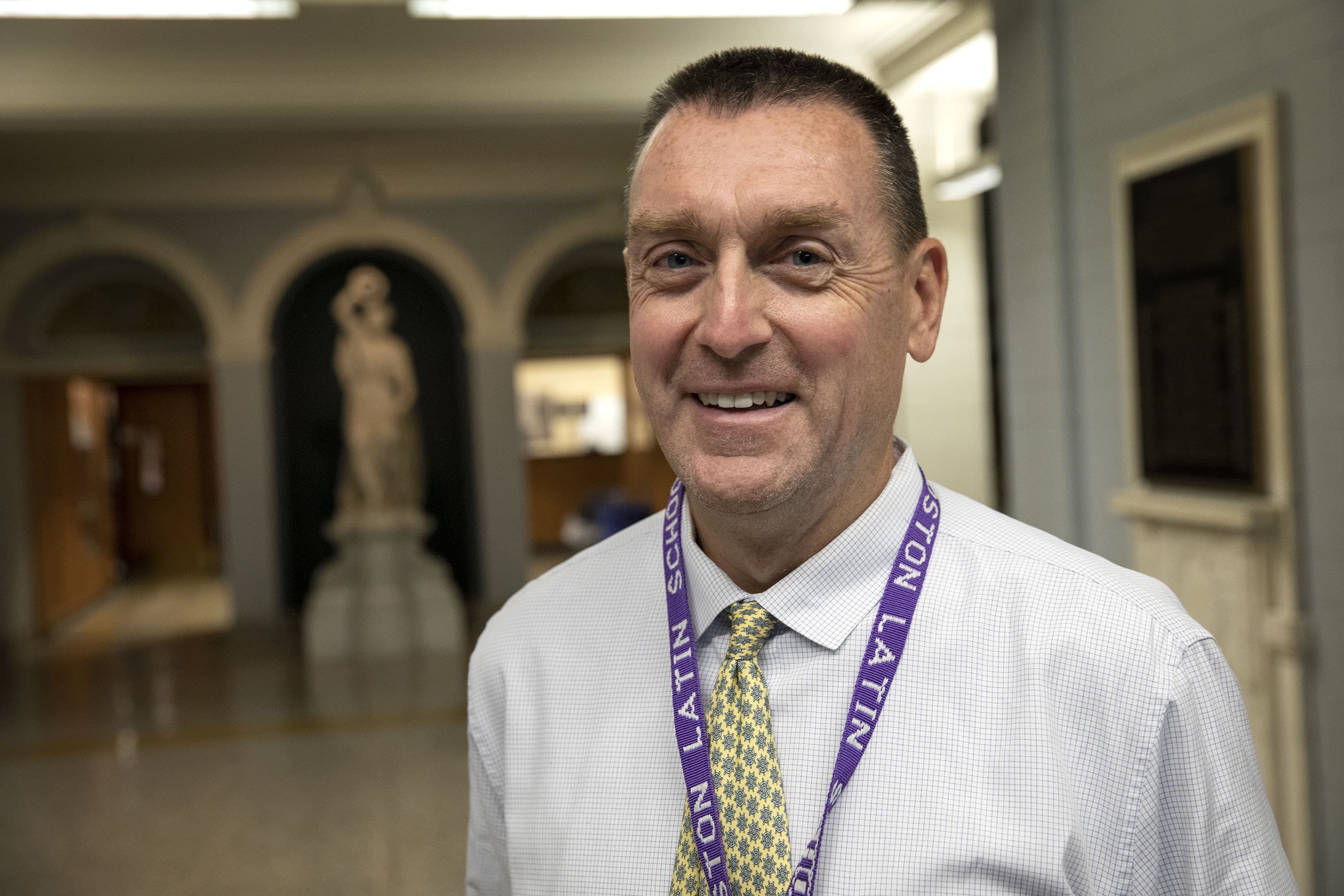
The new head of school, Jason Gallagher, is also a Latin School alum. And he reminds the community that, in its nearly 400-year history, the school has survived, and thrived, through changes of this scale, including the court orders for and against racial “set-asides” between 1974 and 1998.
“Fifty years ago was the first time that [the school] had girls, right?” Gallagher said. “And I'm sure if you went back and looked at things back then, I'm sure that people thought inviting girls to Boston Latin was controversial.
"Now, you know, they're more than half of our population.”
Gallagher inherits both the increasing diversity that began under Skerritt — and the work of welcoming students in. He said the school further stepped up its supports for English learners this summer, and remains determined to help out students who might need help adjusting.
Tenth grader Jadon Berkson is a resident of the South End, and he’s resolutely in favor of the admissions change. “I’ve always thought that the way it was wasn’t working … There was a lot of privilege being overrepresented,” he said.
He envies his younger brother, Brennan, who was admitted among last year’s class.
Brennan’s friends hail from all over the city, rather than a few whiter, wealthier precincts: “West Roxbury, the North End, a lot of [Jamaica Plain],” he said.
In the school itself, the new diversity is on display in hallways and the dining hall. Group photographs from the school's annual "Black Celebratory" show the few dozen Black and Latino members of its graduating classes from 2016 and 2017.
Helping to guide the transition for many Black and Latino students is Rose Delorme Metayer, known to the students as “R.D.”
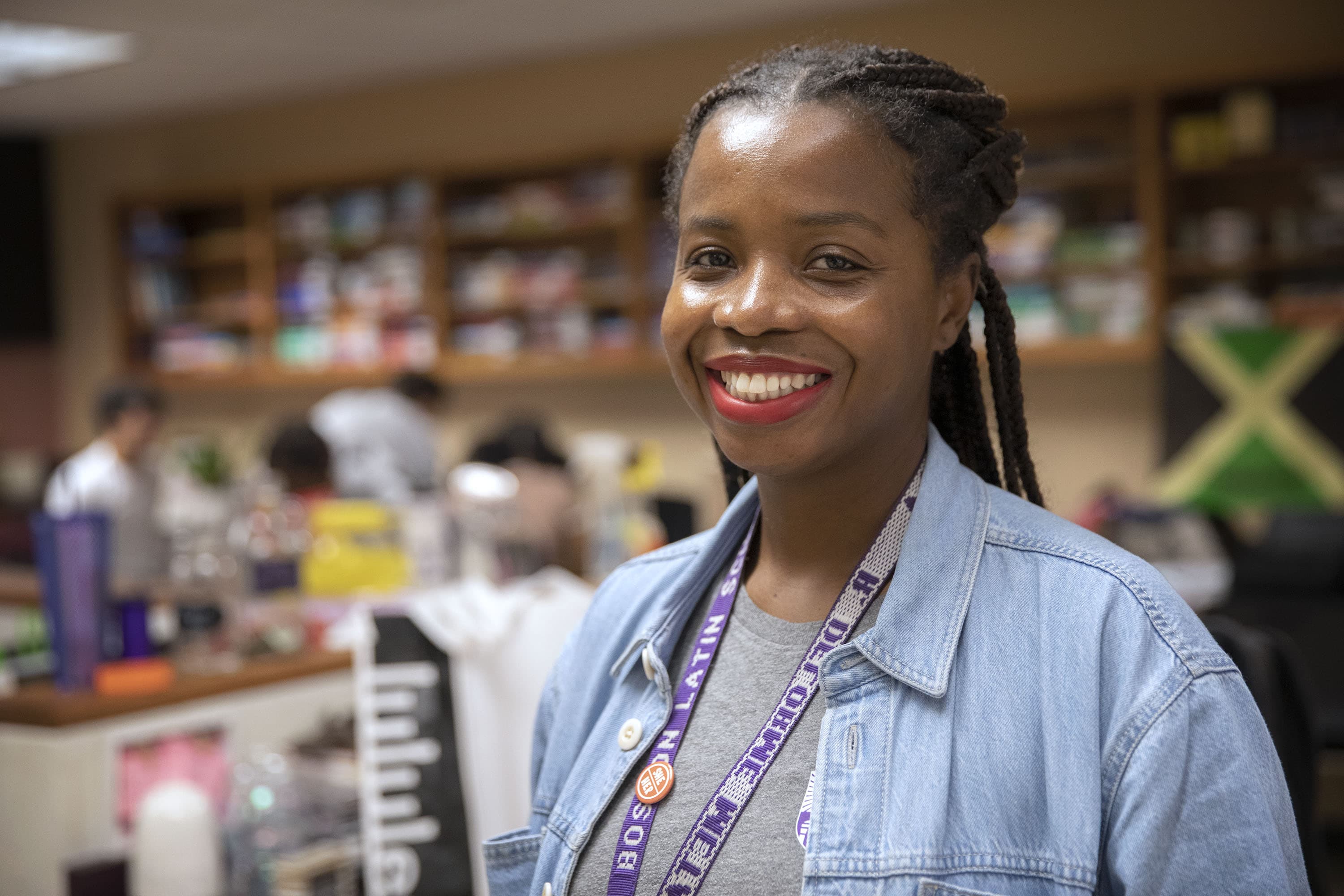
Metayer runs the school’s alumni-funded center for “transition and support,” which serves students during study halls and after school. She jokes that she’s somewhere between an older sister and a mom.
She’s glad to see last year’s seventh graders returning to school this fall — better accustomed to the place and determined to prove any doubters wrong. For a start, they're getting earlier starts on those piles of homework.
“They've all been showing me their grades. ‘R.D., look! I've got straight hundreds right now,’ " she said. "And I say, ‘That's what I expect, because you can do it.”
As a Black alumna of the Latin School who graduated in 2007, Metayer said she remembers how it feels to stand out in that crowd of 2,400 students.
“There were times, in the years that I was here until 2007, where I said, ‘I don't really feel connected to this place'," Metayer said. "Now, when a young black girl walks into my room, she sees somebody that looks like her, who isn't teaching her in terms of a class, but who is just here to hold her hand through the whole journey."
